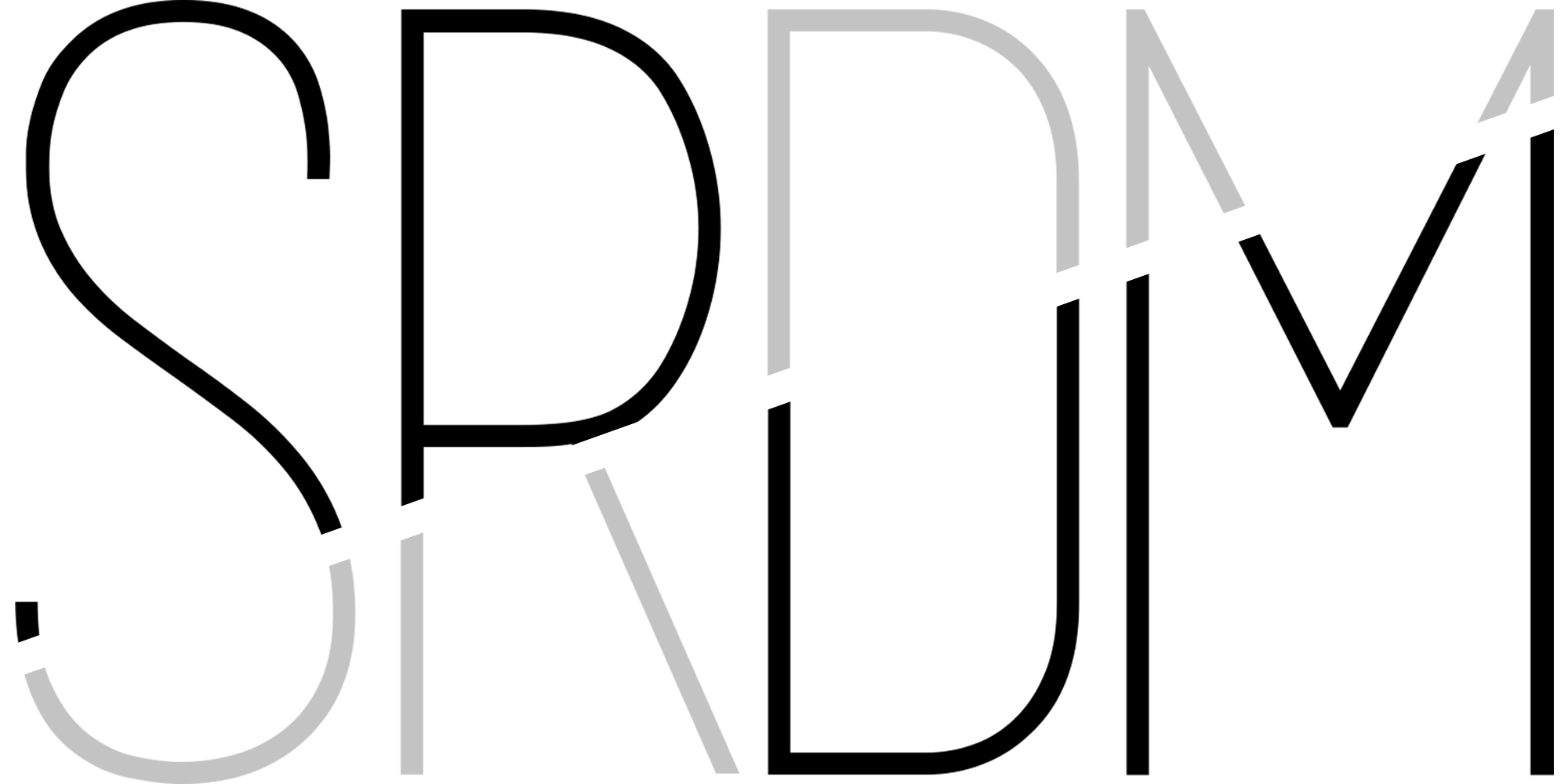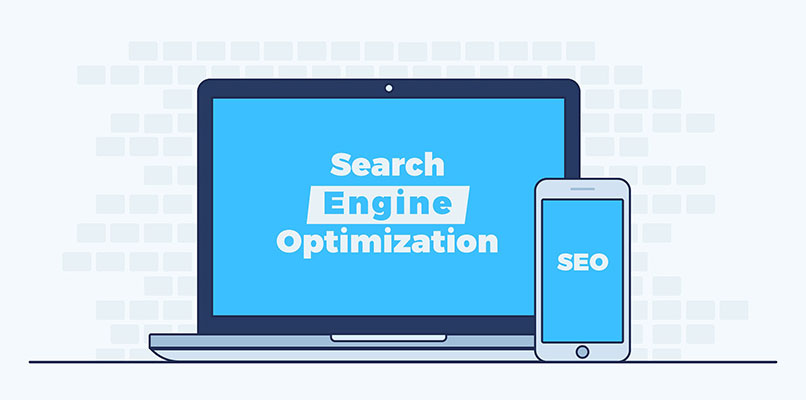Search engine optimization (SEO) is a term that anyone who has a web presence should at least know and be aware of. But, what exactly does optimizing for search entail? In addition to it ever-changing, it touches a lot more areas of a website than most realize. So, to help on the way, here’s an overview of some important areas to focus efforts on.
Analytics
A website’s analytics are crucial to SEO performance. Analytical performance will both positively and negatively affect a website depending on the metrics. If time on site” is low, consider some videos or more engaging content. If page views are down, maybe update or expand the site’s ease of navigation. SEO planning has to be fluid, so performing regular analysis to highlight areas of improvement is critical.
Webmaster Tools
Be sure to submit the website with each individual search engine’s webmaster tool. Registering the site to be index will help in their efforts to crawl the website and rank it appropriately.
SEO Plugin
Most content management systems (CMS) have SEO plugins to aide in the easy of implementing and updating on-page SEO information. Yoast SEO is a great tool for WordPress websites, but there are several other options depending on the CMS.
Responsive Design
Responsive web design is imperative in today’s device-driven world. As more than 50% of web traffic comes from mobile devices, a site that doesn’t scale to individual device sizes will be buried.
Broken Links
Making sure all hyperlinks are active is an easy one to fix, but a hard one to flag. Broken Link Check is a great tool to use.
Validate Hypertext Markup Language (HTML) & Cascading Style Sheet (CSS)
Checking for coding errors are another vital area. Where excess or broken code may not always be visible and effect the front end of a website, it can affect search rankings. HTML and CMS validating tools make this process easier.
Sitemap
Implementing a sitemap is an industry standard, as it allows search engines to more easily crawl a website. Every site should have one.
Robots.txt
Similarly, a Robots.txt file flags which pages should and should not be indexed. Not every page of a website has to indexed. An example are the privacy policy and terms and conditions pages.
Keyword Research
Performing keyword research used to be the most important part of this process years ago. But, overtime the search engine’s algorithms have changed that shift the primary factors elsewhere. Yet, that’s not to say keyword research is no longer in the picture. Knowing, strategizing and strengthening a brand’s keywords, as well as being aware of competitor keywords should be standard. Google’s keyword planner is a great starting point.
Content
Infusing keyword research into the front- and back-end verbiage is the next step. This strengthens each sought-after term. There shouldn’t be any duplicate content either.
Redirects
Whenever a page goes live the URL could then be listed or linked to anywhere on the web. If ever updated or removed, a redirect should be put in place to another URL that prevents traffic going to the 404 page.
Secure Sockets Layer (SSL)
If capturing secure user data, as an example credit card information, having an SSL certificate is imperative. Most educated online consumers will not purchase from a website that doesn’t have an SSL.
Social & Search Pages
Creating and regularly updating social and search pages provides more content about the business to be indexed. This also influences the site’s analytical performance too, as it’s generally good to have more traffic. But, keep in mind it’s always quality in quantity. Make sure there’s no fake traffic being pushed to the website.
Page Meta Data
Keyword-enriched, meta data for each individual page should be created.
Uniform Resource Locators (URL’s)
URL’s should be clean and special-character free.
Header Tags
Strategizing a proper back-end tagging structure to show the page’s hierarchy is extremely helpful when search engines are crawling a page.
Internal Links
Each web page should have several internal links, aiding in the site’s navigation. Include as many as possible without being overbearing or intrusive.
User Experience (UX)
Ultimately, always have the user in mind when implementing and updating any of these areas. More often than not, the more helpful and easy to use the website is the better the SEO performance will be.


